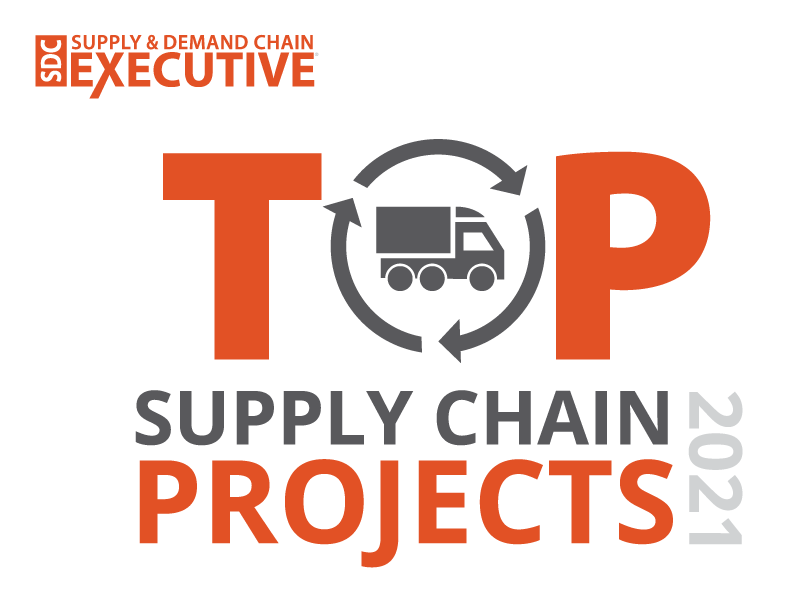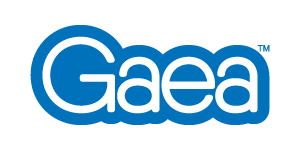About Bata
 Bata is the largest and one of the most popular footwear retailers in India with more than 1,300 retail locations throughout the country. The Bata network in India consists of multiple affordable and high-end brands. The retail distribution center (RDC) located in Hosur, Tamil Nadu, India covers more than 100,000 square feet and distributes products to more than 600 stores. This warehouse, along with three other warehouses, work together to supply all the retail locations in India.
Bata is the largest and one of the most popular footwear retailers in India with more than 1,300 retail locations throughout the country. The Bata network in India consists of multiple affordable and high-end brands. The retail distribution center (RDC) located in Hosur, Tamil Nadu, India covers more than 100,000 square feet and distributes products to more than 600 stores. This warehouse, along with three other warehouses, work together to supply all the retail locations in India.
The Challenges
Bata was facing two challenges. The first was that the Bata RDC handles six different concepts with a constant flow of inbound and outbound inventory movement every day. Bata needed a new warehouse management system (WMS) to be implemented without affecting these operations. The in-house legacy systems were built specifically to work with other Bata legacy systems and were unable to be easily changed. All of those system adjustments, particularly for Bata’s interfaces and labeling system, had to be performed outside of those systems.
The second challenge was that the new WMS needed to be implemented in a few months and work immediately without any major hitches. End users needed to be comfortable with the new system and processes to operate with minimal supervision.
The Solution
To reduce business disruptions, Gaea planned a multiple-phase implementation of Oracle WMS Cloud. This case study focuses on the first phase. Phase one included two of the larger Bata concepts running on WMS Cloud within three months. During phase one, different teams performed UAT and received training simultaneously. In order to overcome legacy system limitations, Gaea created custom reports and leveraged handheld software scripting to enable Bata to continue using their existing multifield barcodes. Gaea also helped optimize (but did not reinvent) Bata operations by identifying areas for receiving and picking improvement. The new WMS provides real-time, end-to-end inventory visibility for the Bata RDC.
 Since Bata could not change barcodes at their factories, any data modifications had to be made after scanning. Gaea utilized WaveLink TelnetCE (Windows) and Velocity (Android) scripting capabilities to address this challenge. Prefixes and identifiers were added to scanned data, and Gaea provided scan validation, visual feedback, and automated keystroke entries via these scripts. Examples of these capabilities include validating that the same pair of shoes was not scanned twice, showing the number of boxes received/picked, and auto-inputting CTRL commands. By using their existing multifield barcodes, Bata increased operational efficiency by capturing multiple data points like batch, expiry, and serial number, in one scan.
Since Bata could not change barcodes at their factories, any data modifications had to be made after scanning. Gaea utilized WaveLink TelnetCE (Windows) and Velocity (Android) scripting capabilities to address this challenge. Prefixes and identifiers were added to scanned data, and Gaea provided scan validation, visual feedback, and automated keystroke entries via these scripts. Examples of these capabilities include validating that the same pair of shoes was not scanned twice, showing the number of boxes received/picked, and auto-inputting CTRL commands. By using their existing multifield barcodes, Bata increased operational efficiency by capturing multiple data points like batch, expiry, and serial number, in one scan.
Because the legacy systems in use at Bata were outdated, automated integration was not feasible until proper middleware was implemented. To allow the WMS to make updates to Bata’s legacy ERP system, Gaea built custom reports in the WMS using its web-report tool. In addition to the interface reports, operations (ops) reports were created to assist the ops team in all warehouse areas. The ops reports were customized to show information pertinent to managers and in a format specifically requested by the managers.
Return On Investment
The new WMS provides real-time inventory visibility and increases inventory accuracy. Since the legacy system was reconciled only once at the end of every day, Bata did not have real-time inventory visibility. The new real-time updates allow Bata to track inventory from receiving to shipping. Bata supervisors and managers can now trace inventory movement at any stage in the warehouse.
Gaea replaced legacy-system manual processes with new system-driven processes. The new system-driven picking process directs pickers to pick locations following the pick-path sequence. System-driven picking reduces human error by ensuring the picker is at the right bin location and is picking the correct items. Following the pick-path sequence also helped reduce operational inefficiencies where pickers previously zig-zagged back and forth between the same bins multiple times throughout the day.
 Full-box picking from heavy-duty reserve racks was reduced to one step by allowing pickers to pick the box from the pick location without having to go through a two-step process of performing letdown and then picking.
Full-box picking from heavy-duty reserve racks was reduced to one step by allowing pickers to pick the box from the pick location without having to go through a two-step process of performing letdown and then picking.
On the first day of picking with the new system, Bata picked more than 35,000 pairs of shoes. On average, across the two Bata concepts, more than 40,000 pairs of shoes are picked, packed, and shipped every day. After a month of picking with the new system, Bata doubled their daily pick rate, picking more than 70,000 pairs of shoes per day.
